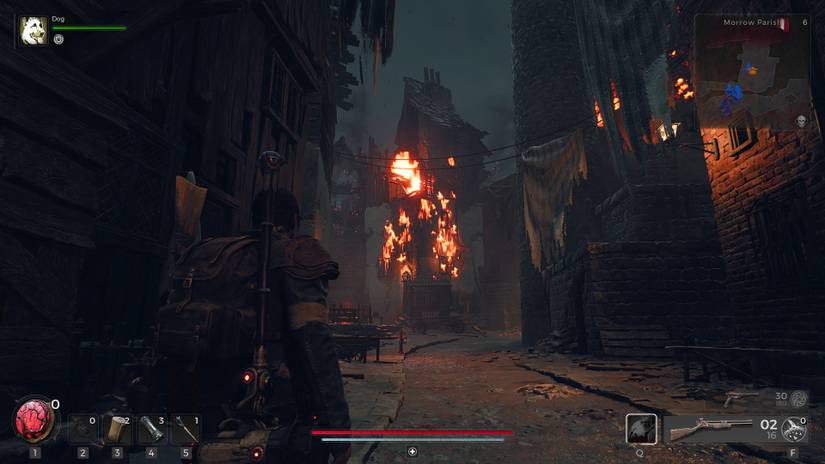Remnant 2: A PC Gamer's Verdict – Innovation or Iteration?
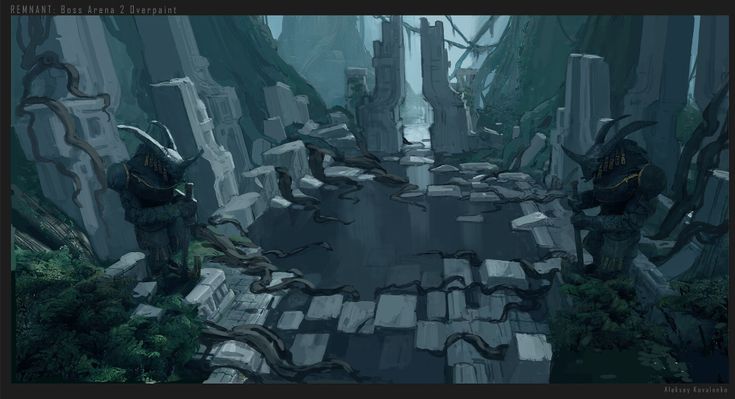
Remnant 2 is here, and it's gunning for your free time. Gunfire Games promised a bigger, bolder, and more brutal experience than its predecessor, Remnant: From the Ashes. But does it deliver, or is it just another looter-shooter lost in the shuffle? As someone who clocked serious hours in the original, and has a penchant for dissecting game design, I'm here to give you the straight dope, no sugarcoating.
Worlds of Wonder and Ruin: Setting the Stage
Remnant 2 doesn't just drop you into a world; it throws you headfirst into a nightmare tapestry woven from diverse realities. The environmental storytelling is top-notch. Let's start with Yaesha, returning from the first game but feeling completely revitalized. It's not just a jungle; it's an ancient, overgrown civilization teeming with hidden pathways, forgotten temples, and deadly creatures lurking around every corner. The density of detail is remarkable; every fallen pillar and overgrown vine tells a story of a world devoured by the Root.
Then there's Losomn, a fusion of gothic horror and whimsical fantasy. Think Bloodborne meets Alice in Wonderland, but even more twisted. Decaying castles pierce the perpetually stormy skies, casting long shadows over cobblestone streets infested with grotesque Dran. The sheer visual contrast between the Fae royalty and the monstrous commoners speaks volumes about the societal decay plaguing this world. The environmental storytelling masterfully builds an oppressive atmosphere, hinting at a history of betrayal, madness, and inevitable doom.
Archetypes: Class Warfare Done Right?
The Archetype system is Remnant 2's take on character classes. You start by choosing one, and eventually unlock a second, blending their abilities for a hybrid playstyle. It’s a significant improvement over the first game's more rudimentary class system. But how does it stack up against the competition?
Compared to Diablo IV's classes, which are largely defined by skill trees and itemization, Remnant 2's Archetypes offer a more immediate and impactful shift in gameplay. While Diablo IV slowly ramps up the power fantasy, Remnant 2 gives you potent abilities right from the start. Each Archetype feels distinct, offering unique advantages in combat.
Destiny 2's class system relies heavily on subclasses tied to elemental damage types. Remnant 2, on the other hand, focuses on defining roles through active skills and passive buffs. While Destiny 2 emphasizes build diversity through armor mods and weapon perks, Remnant 2 encourages experimentation by allowing you to mix and match Archetypes, creating truly unique builds.
The Archetype system does offer meaningful choices. Do you want to be a tanky Challenger, soaking up damage and dishing it back? Or a nimble Gunslinger, weaving between enemies while unleashing a hail of bullets? The depth of progression is also surprisingly compelling. Each Archetype has a skill tree that unlocks new abilities and passive bonuses, giving you a tangible sense of growth as you level up. The constant drip-feed of new toys keeps you engaged, motivating long-term play.
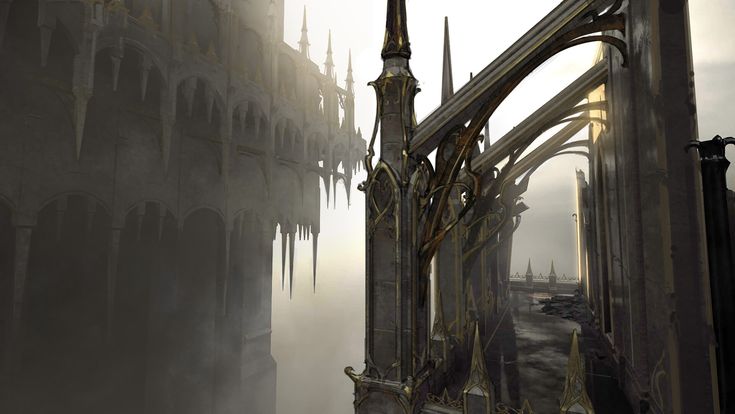
The real genius of the Archetype system shines in co-op. A team consisting of a Medic, Handler, and Gunslinger, for example, offers a potent mix of healing, support, and damage. The skills synergize beautifully, allowing for coordinated strategies and devastating combos. However, some Archetypes definitely feel more geared towards co-op than solo play, which could be a drawback for lone wolves.
A Visual Feast (or Famine?): Graphics and Biome Diversity
Remnant 2 is a looker, but its beauty is often overshadowed by its… eccentric performance (more on that later). Visually, the biomes are stunning. We've already touched on Yaesha and Losomn, but N'Erud deserves mention.

N'Erud is a claustrophobic, dystopian landscape. Its cold steel corridors, flickering holographic displays, and the oppressive silence create a palpable sense of isolation. The game’s art direction excels here, delivering a unique visual experience that stands apart from the typical sci-fi tropes. And then there's Root Earth – a blighted, corrupted cityscape that serves as the final showdown. The sheer scale of the Root infestation is terrifying, with grotesque tendrils consuming everything in sight.
The enemy designs are equally impressive. The Dran in Losomn are genuinely unsettling, with their distorted features and erratic movements. The Fae are elegant and cruel, their ethereal beauty masking a deadly intent. The Root constructs are hulking behemoths, their bodies composed of twisted metal and corrupted vegetation. Each enemy type feels unique and well-integrated into its environment, adding to the overall immersion.

Combat visual effects are a mixed bag. When things are flowing smoothly, the explosions, particle effects, and weapon trails add to the impact and intensity of the battles. However, in chaotic encounters with numerous enemies, the screen can quickly become a visual mess, making it difficult to track projectiles and enemy attacks.
PC Performance: A Technical Minefield
Now for the elephant in the room: PC performance. Remnant 2 is demanding. Brutally so. And while it can look stunning, achieving a stable framerate requires some serious tweaking and compromise.
Here's the breakdown, based on my testing across multiple configurations:
- 1080p: On an RTX 3060, expect to average around 60-70 FPS on medium settings. An RTX 2060 Super hovers around 45-55 FPS, requiring further settings reductions. AMD equivalents like the RX 6600 perform similarly.
- 1440p: An RTX 3070 can push 50-60 FPS on medium-high settings. The RTX 3060 Ti struggles to maintain a stable 40 FPS, even with adjusted settings. AMD's RX 6700 XT offers comparable performance to the RTX 3070.
- 4K: Unless you're rocking a high-end card like an RTX 4080 or RX 7900 XT, forget about a locked 60 FPS. Even with these beasts, you'll need to dial back the settings significantly.
The implementation of DLSS 3 Frame Generation and AMD FSR 3 is… problematic. While both technologies can provide a significant boost in framerate, the trade-off is often unacceptable input latency. With DLSS 3 Frame Generation enabled on an RTX 4070, I saw framerates jump from 60 FPS to over 100 FPS at 1440p. However, the input latency, measured using Nvidia Reflex, increased from a manageable 20ms to a noticeable 45ms. This lag made the action feel sluggish and unresponsive, negating the benefits of the higher framerate. FSR 3 exhibited similar issues, though the latency impact seemed slightly less pronounced in some scenarios.
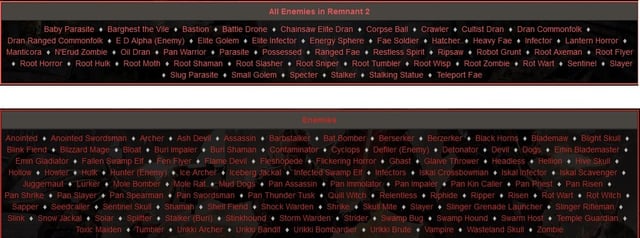
In short: DLSS 3 and FSR 3 can improve performance, but at the cost of responsiveness. For a fast-paced shooter like Remnant 2, that's a dealbreaker for many. Until these technologies are further optimized, I recommend disabling them unless you're desperate for extra frames and don't mind the input lag.
Replayability and Co-op: A Double-Edged Sword
Remnant 2 boasts procedural generation, promising endless replayability. While the core story beats remain the same, the level layouts, enemy placements, and even boss encounters can vary significantly between playthroughs. This can lead to exciting discoveries and unexpected challenges. However, it can also result in repetitive encounters and uninspired level designs. Sometimes, the procedural generation feels less like a carefully crafted world and more like a random assortment of assets thrown together.

The co-op gameplay elevates the experience significantly. Tackling the challenging encounters with friends is immensely satisfying, requiring coordination, communication, and a healthy dose of luck. Remnant 2 is designed with co-op in mind, and it shows. While the game is enjoyable solo, it's undeniably more fun with a group. The increased challenge and the ability to synergize Archetype skills make co-op the definitive way to play.
The Verdict: Worth the Hype?
Remnant 2 is a flawed masterpiece. It's visually stunning, mechanically deep, and brimming with content. The Archetype system is a triumph, offering meaningful choices and encouraging build diversity. The co-op gameplay is exceptional, elevating the experience to new heights.

However, the PC performance is a major sticking point. The demanding hardware requirements and the problematic implementation of DLSS 3 and FSR 3 can sour the experience, especially for those with mid-range systems. The procedural generation, while offering replayability, can also lead to repetitive encounters and uninspired level designs.
Pros for PC Gamers:
- Deep and rewarding Archetype system
- Stunning visuals and diverse biomes
- Exceptional co-op gameplay
- High replayability due to procedural generation
Cons for PC Gamers:
- Demanding hardware requirements
- Problematic DLSS 3 and FSR 3 implementation
- Inconsistent procedural generation
- Occasional visual clutter during combat
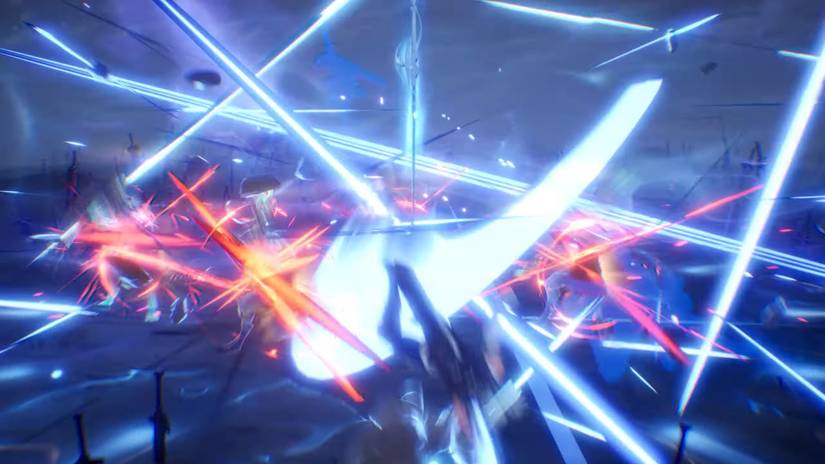
For the Hardcore Community:
Remnant 2 offers a challenging and rewarding experience. The intricate build crafting, the demanding combat, and the constant threat of death will appeal to those who crave a true test of skill. However, the technical issues and the occasional inconsistencies in the procedural generation may frustrate some.

Final Verdict:
Remnant 2 is a worthwhile investment, but proceed with caution. If you have a powerful PC and a group of friends to play with, you're in for a treat. However, if you're rocking older hardware or prefer to play solo, be prepared for some compromises. Gunfire Games has created something special here, but it needs a bit more polish before it can truly shine.
